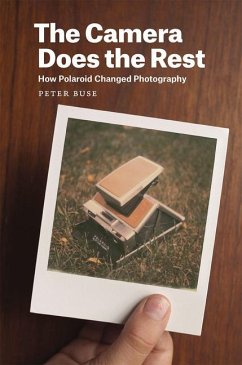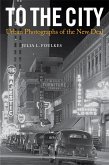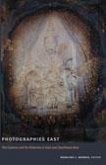What makes Polaroid photography stand out? Since its invention by Edwin Land in 1947, how has it crept into our common culture in the ways we witness today? Writing in the context of the two bankruptcies of Polaroid Corporation and the decline and obsolescence of its film, Peter Buse argues that Polaroid photography is distinguished by its process. The fact that, as the "New York Times" put it, the camera does the rest, encouraged distinctive practices by the camera s users, including its most famous use: as a party camera. Polaroid was often dismissed as a toy, but this book takes its status as a toy seriously, considering the way it opened up photographic play while simultaneously lowering its own cultural value. Drawing on unprecedented access to the archives of the Polaroid Corporation, Buse paints Polaroid as an intimate form, where the photographer, photograph, and photographed are in close proximity in time and space. This has profound implications for the photographic practices Polaroid cameras permit and encourage, such as the sexual Polaroid, evidence of which the author pulls from literature, film, and pop culture, or Polaroid as a form of play, a fun technology, an ice breaker that can make things happen. Buse also tells the story of Polaroid s response as a company to developments in digital imaging and its ultimately doomed hard-copy wager in the face of them. Pushing further, he explores the continuities and discontinuities between Polaroid and digital snapshot practices, reflecting on what Polaroid can tell us about digital photography today. "








